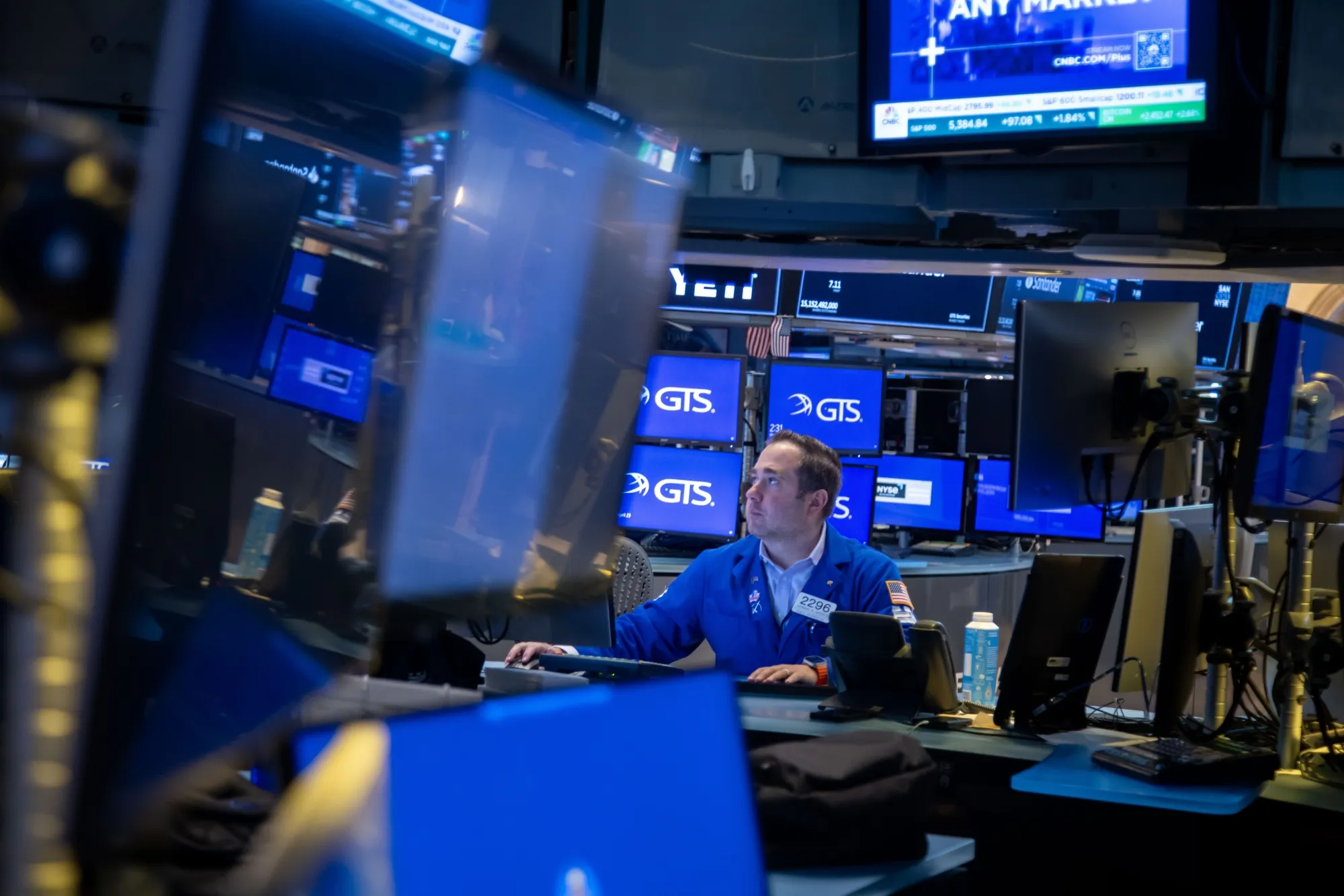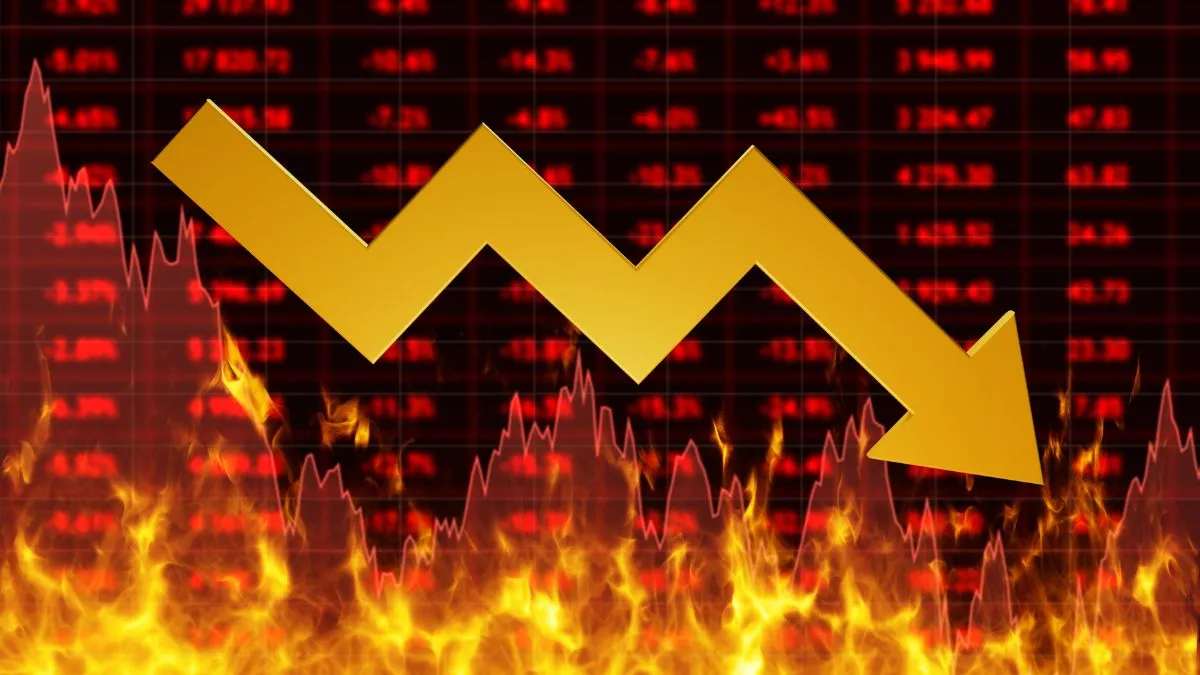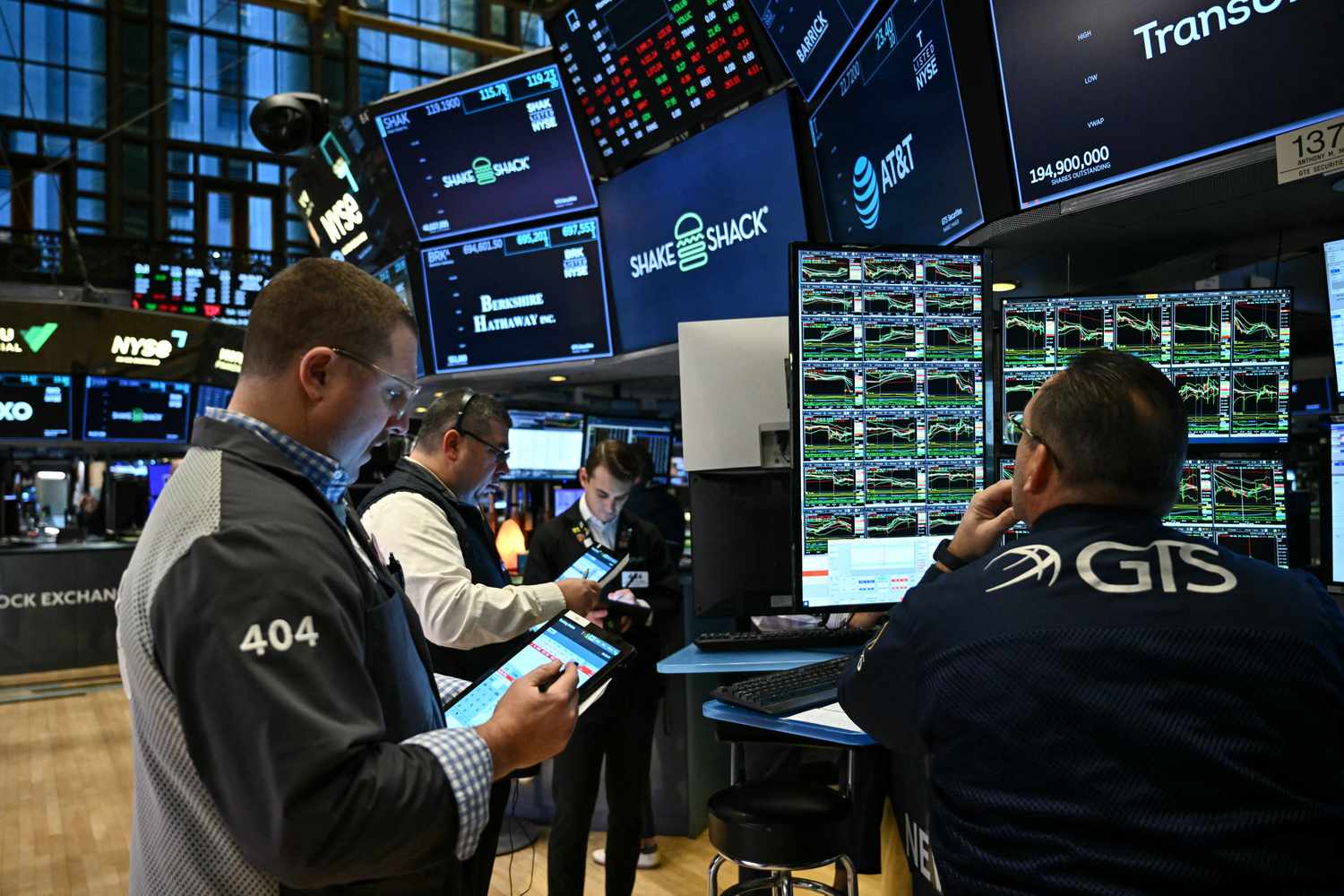Wall Street closed the week with a note of caution. Stocks and bonds wavered as traders looked ahead to the eagerly anticipated start of US-China trade negotiations. After a remarkable $6 trillion surge from the S&P 500’s near-bear market low, market action has slowed in recent days. The index ended Friday largely unchanged as investors awaited signs of progress in the ongoing trade war between the world’s two largest economies.
Trade Talks and Uncertainty

Global traders are fixated on any hints that the US and China may ease their trade tensions, which have significantly impacted market stability and raised fears of a global economic downturn. Ahead of negotiations set to begin on Saturday, President Donald Trump threatened to impose an 80% tariff on Chinese goods, urging China to open its markets further to US exports.
Jose Torres, a strategist at Interactive Brokers, suggested, “This weekend’s developments will probably be binary for markets, but don’t expect a quick resolution to US-China trade tensions just yet.” He anticipates a volatile period ahead as both Washington and Beijing attempt to strike a balance between their economic interests.
A Delicate Dance of Diplomacy
Trump’s administration has already identified roughly 20 countries, including Japan, South Korea, and Vietnam, as key partners for early-stage talks. These nations are major US trading partners where Trump aims to narrow the trade deficit. However, the discussions also involve smaller players like Fiji, Lesotho, and Mauritius, underscoring the complexity and breadth of the negotiations.
Mark Hackett, Chief of Investment Research at Nationwide, noted, “Markets continue to be reactive to trade headlines.” He emphasized that the real shift won’t come until investors see concrete, measurable outcomes. “We are likely in a sideways period of volatility until we begin to get tangible, calculable outcomes. Nobody knows the ultimate outcome, so this is the time to remain informed and vigilant, but not reactive or emotional.”
Global Stock Performance: Mixed Signals

The Nasdaq 100 remained relatively unchanged, and the Dow Jones Industrial Average saw a slight dip of 0.3%. Across the Atlantic, Germany’s DAX Index became the first major European benchmark to surpass its March peak, recovering all the losses triggered by the trade tensions.
Meanwhile, the yield on 10-year US Treasuries stayed flat at 4.38%, signaling a stable but cautious outlook for US debt. The Bloomberg Dollar Spot Index also dropped by 0.2%, though it had its strongest week since March.
Warning Signs of a Cooling Economy
Billionaire Barry Sternlicht, CEO of Starwood Property Trust Inc., expressed concern over the economy’s direction despite the recovery in the stock market.
“The markets have recovered, shockingly, to pre-Liberation Day highs, but that doesn’t really feel right,” Barry Sternlicht said.
“Things like travel are clearly off.” He warned that the broader economy is likely heading toward a slowdown, even if the stock market appears to be bouncing back.
Trillions at Stake
As talks between the US and China loom, the stakes are high, with trillions of dollars on the line for American businesses. Bloomberg Intelligence’s Gina Martin Adams and Gillian Wolff revealed that the average S&P 500 company generated 6.1% of its revenue from sales in China or to Chinese companies in 2024. This dependency on the Chinese market has left US companies vulnerable to any disruption in trade flows.
Torsten Slok, Chief Economist at Apollo, warned, “The bottom line is that if the US has to decouple completely from China, it would result in a significant decline in earnings for S&P 500 companies no longer selling products to Chinese consumers.”
The Economic Outlook: Diverging Opinions

The equity market indicator known as the Equity Market Regime Model, developed by Bloomberg Intelligence, has entered a phase historically linked to weak stock returns. The model, which tracks the S&P 500, currently places the market in the “red zone,” indicating a cautious outlook. In previous instances, this phase has been followed by a 5.6% average drop in the S&P 500 over the next 12 months.
Despite these warning signs, the debate between bulls and bears continues to rage. Bulls argue that the worst of the uncertainty may have passed, citing improving trade relations, strong market performance, and better-than-expected earnings reports. Meanwhile, bears remain focused on the potential headwinds, including diminishing earnings growth and slowing economic momentum.
Fed’s Dilemma: Inflation vs. Unemployment
As the US Federal Reserve faces mounting pressure, remarks from central bank officials added another layer of complexity to the economic outlook. Federal Reserve Governor Adriana Kugler called for a wait-and-see approach on interest rates, citing a stable economy and the ongoing uncertainty surrounding tariffs.
However, other officials, including Michael Barr and Tom Barkin, expressed concern that tariffs could create inflationary pressures and higher unemployment, presenting the Fed with a delicate balancing act. Not all businesses, they pointed out, are in a position to pass on the costs of tariffs to consumers.
Corporate News: Challenges and Surprises
In corporate news, the fallout from the trade war continues to affect major companies. US prosecutors and regulators are investigating a $32 million deal between cybersecurity firm CrowdStrike Holdings Inc. and a tech distributor, raising questions about what company executives knew about the transaction.
Semiconductor Manufacturing International Corp., China’s leading chipmaker, warned of a potential 6% drop in sales this quarter due to production disruptions. Meanwhile, Taiwan Semiconductor Manufacturing Co. reported a stunning 48% jump in revenue for April, as electronics companies scrambled to secure components before tariffs went into effect.
Expedia Group Inc. revised its full-year outlook for gross bookings and revenue downward after a disappointing start to the year in domestic and inbound travel demand. In contrast, Lyft Inc. reported better-than-expected bookings, standing in stark contrast to Uber Technologies Inc.’s disappointing results earlier this week.
Key Market Moves
Some of the key market movements included:
- Stocks: The S&P 500 closed flat, while the Nasdaq 100 saw little change. The Dow Jones Industrial Average dipped 0.3%.
- Currencies: The Bloomberg Dollar Spot Index fell 0.2%, while the euro, British pound, and Japanese yen posted slight gains.
- Bonds: US 10-year Treasury yields remained steady at 4.38%, while Germany and the UK saw modest yield increases.
- Commodities: Crude oil prices rose 1.7%, while gold also gained 0.7%.
The market’s future remains uncertain, as investors and traders continue to digest the unfolding trade situation and its broader economic implications. As always, remaining informed and vigilant may be the key to navigating these turbulent times.



